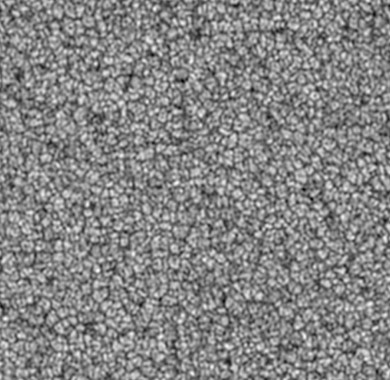161. Changes in granulation scales over the solar cycle seen with SDO/HMI and Hinode/SOT
An analysis of granule sizes over a few years of HMI observations shows that, even in quite regions, the granular size shows an anti-correlation with the solar magnetic activity with a time delay of about 300 days. The granular size decreases by about 2% during the activity maximum relative to the minimum.










